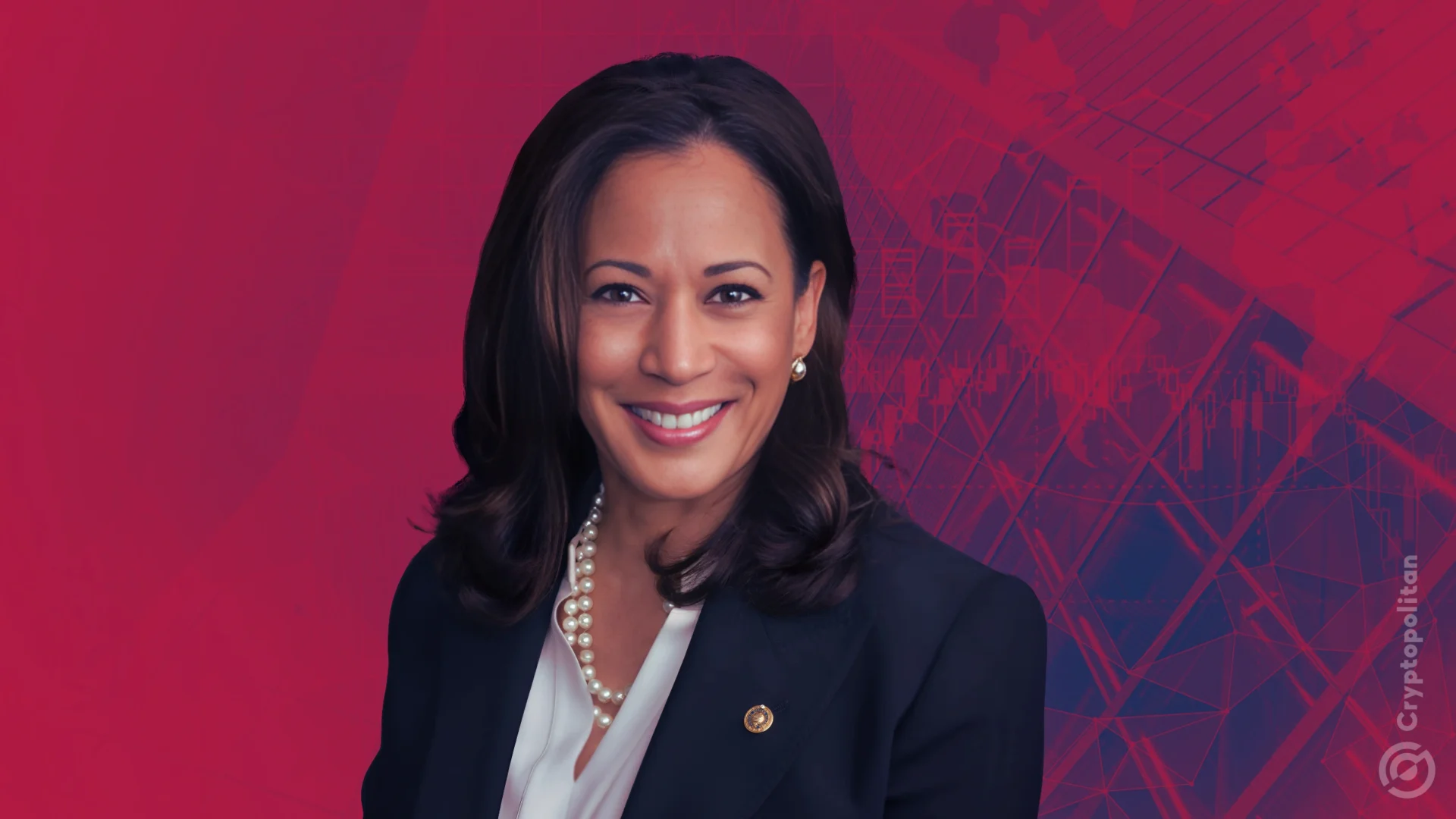Kamala Harris is slowly becoming America’s favorite over opponent Donald Trump when it comes to the economy.
With the election around the corner, six out of seven key battleground states show faster economic growth than the rest of the country in the second quarter, boosting her image.
Voters care about one thing more than anything else right now: the economy. And Harris seems to be making sure they know she’s on it.
Economic growth in key states
According to the Bureau of Economic Analysis, states like Michigan, Wisconsin, and Pennsylvania saw some of the fastest GDP growth in the entire country.
Michigan and Wisconsin were among the top 10 in economic growth, and Pennsylvania bounced back strong after a contraction earlier this year.
This matters because these states are critical to any presidential race, and Harris is leaning into that, narrowing the gap with Trump, who, by the way, still somehow leads on economic issues.
Take Michigan and Wisconsin for instance. They both grew at a solid 4.2% in the second quarter. Pennsylvania wasn’t far behind, with a 3.2% growth rate.
Even Arizona, Georgia, and North Carolina, three big sunbelt battleground states, outpaced the national average.
Nevada did not do as well. It lagged behind with just 1.8% growth, mainly because its key sectors, like hospitality and food services, suffered.
Trump has always been seen as the “economy guy,” but Harris is starting to change that narrative.
A Bloomberg/Morning Consult poll of likely voters in these swing states shows Harris is now in a virtual tie with Trump on who voters trust more to handle the rising cost of everyday essentials.
She even has an 11-point lead on who would do more for the middle class, a group that’s practically going to decide this election.
Harris gains traction with key groups
Harris is also connecting with key groups of voters. A CNN poll shows she’s connecting with independents. Among them, Harris now has 45% support compared to Trump’s 41%.
Then there’s the younger crowd. Voters under 30 are backing Harris hard, with 55% supporting her, while Trump only gets 38%.
The racial breakdown? It’s even more glaring. Among Black voters, Harris has a 79% support, and among Latino voters, she’s sitting at 59%, compared to Trump’s 40%.
Gender is also at play here. Independent women favor Harris by 51%, while independent men lean slightly toward Trump at 47%.
Inflation is still the elephant in the room though. Poll after poll shows it’s the number one issue on voters’ minds.
More than half of voters—55%—say it’s their top concern.
The race for economic control
Both Harris and Trump are hustling to lock down their economic messages. Harris has put out an 82-page economic plan that zeroes in on middle-class support.
She’s offering tax breaks for people, but she’s also proposing higher taxes for corporations, specifically those that don’t create union jobs. She’s pushing green energy hard too.
That’s been a central part of her plan to generate new jobs.
Trump, on the other hand, is sticking to his old playbook. He’s still selling himself as the businessman who can fix the economy. His pitch? Cut corporate taxes and get businesses hiring.
For a lot of voters, that still resonates. He’s proposing deep tax cuts for corporations, betting that voters will trust him more when it comes to making the economy move.
But it’s also about perception. A CNBC survey of chief financial officers (CFOs) shows that while 55% of CFOs think Trump is better equipped to handle inflation, a decent amount of them still believe Harris will win the election.











